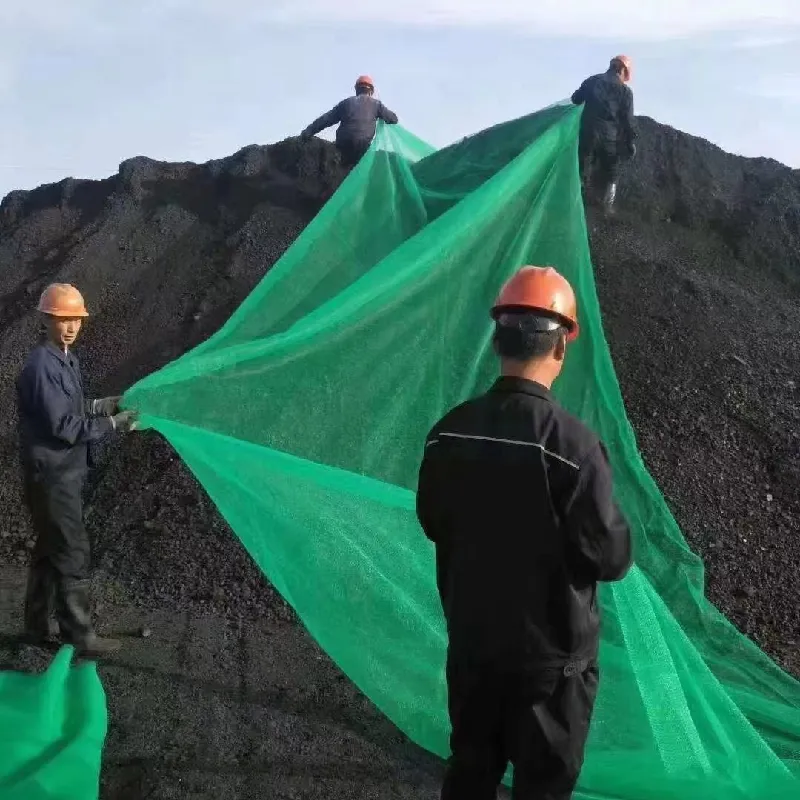-
 Afrikaans
Afrikaans -
 Albanian
Albanian -
 Amharic
Amharic -
 Arabic
Arabic -
 Armenian
Armenian -
 Azerbaijani
Azerbaijani -
 Basque
Basque -
 Belarusian
Belarusian -
 Bengali
Bengali -
 Bosnian
Bosnian -
 Bulgarian
Bulgarian -
 Catalan
Catalan -
 Cebuano
Cebuano -
 China
China -
 Corsican
Corsican -
 Croatian
Croatian -
 Czech
Czech -
 Danish
Danish -
 Dutch
Dutch -
 English
English -
 Esperanto
Esperanto -
 Estonian
Estonian -
 Finnish
Finnish -
 French
French -
 Frisian
Frisian -
 Galician
Galician -
 Georgian
Georgian -
 German
German -
 Greek
Greek -
 Gujarati
Gujarati -
 Haitian Creole
Haitian Creole -
 hausa
hausa -
 hawaiian
hawaiian -
 Hebrew
Hebrew -
 Hindi
Hindi -
 Miao
Miao -
 Hungarian
Hungarian -
 Icelandic
Icelandic -
 igbo
igbo -
 Indonesian
Indonesian -
 irish
irish -
 Italian
Italian -
 Japanese
Japanese -
 Javanese
Javanese -
 Kannada
Kannada -
 kazakh
kazakh -
 Khmer
Khmer -
 Rwandese
Rwandese -
 Korean
Korean -
 Kurdish
Kurdish -
 Kyrgyz
Kyrgyz -
 Lao
Lao -
 Latin
Latin -
 Latvian
Latvian -
 Lithuanian
Lithuanian -
 Luxembourgish
Luxembourgish -
 Macedonian
Macedonian -
 Malgashi
Malgashi -
 Malay
Malay -
 Malayalam
Malayalam -
 Maltese
Maltese -
 Maori
Maori -
 Marathi
Marathi -
 Mongolian
Mongolian -
 Myanmar
Myanmar -
 Nepali
Nepali -
 Norwegian
Norwegian -
 Norwegian
Norwegian -
 Occitan
Occitan -
 Pashto
Pashto -
 Persian
Persian -
 Polish
Polish -
 Portuguese
Portuguese -
 Punjabi
Punjabi -
 Romanian
Romanian -
 Russian
Russian -
 Samoan
Samoan -
 Scottish Gaelic
Scottish Gaelic -
 Serbian
Serbian -
 Sesotho
Sesotho -
 Shona
Shona -
 Sindhi
Sindhi -
 Sinhala
Sinhala -
 Slovak
Slovak -
 Slovenian
Slovenian -
 Somali
Somali -
 Spanish
Spanish -
 Sundanese
Sundanese -
 Swahili
Swahili -
 Swedish
Swedish -
 Tagalog
Tagalog -
 Tajik
Tajik -
 Tamil
Tamil -
 Tatar
Tatar -
 Telugu
Telugu -
 Thai
Thai -
 Turkish
Turkish -
 Turkmen
Turkmen -
 Ukrainian
Ukrainian -
 Urdu
Urdu -
 Uighur
Uighur -
 Uzbek
Uzbek -
 Vietnamese
Vietnamese -
 Welsh
Welsh -
 Bantu
Bantu -
 Yiddish
Yiddish -
 Yoruba
Yoruba -
 Zulu
Zulu
Innovative Solutions for Lightweight and Durable Mesh Fabric Ideal for Bird Protection and Diverse Uses
The Versatility and Benefits of Cloth Bird Netting
Birdwatching is one of the most popular hobbies around the world, allowing enthusiasts to connect with nature and observe beautiful avian species in their natural habitats. However, for gardeners and farmers, birds can often pose a significant challenge. Birds can wreak havoc on crops, gardens, and delicate plants, leading to potential losses in both yield and quality. To counteract this issue, many have turned to a practical solution cloth bird netting.
Cloth bird netting is a lightweight, flexible material designed to protect plants and crops from unwanted avian visitors. Unlike traditional plastic netting, cloth bird netting is made from soft, durable fabrics that are less likely to cause injury to birds while still effectively keeping them away from tender fruits and seedlings. This ecological approach not only preserves the integrity of the environment but also respects the wildlife that occupies it.
One of the most significant advantages of cloth bird netting is its versatility. It can be used in various settings, from home gardens to commercial agriculture. Gardeners can drape the netting over berry bushes, vegetable patches, or flowering plants, shielding them from birds while still allowing sunlight, moisture, and air circulation. In larger-scale farming, rows of crops can be covered with this effective barrier, safeguarding essential produce like grapes, strawberries, and cherries from foraging birds.
Another benefit of using cloth bird netting is its durability. Made from weather-resistant materials, cloth netting can withstand the elements, whether it's wind, rain, or intense sunlight. This longevity ensures that the investment pays off over time, providing ongoing protection without the need for frequent replacements. Additionally, cloth bird netting is relatively easy to install; it can be cut to size and secured with stakes, clips, or weights, making it accessible even for novice gardeners.
cloth bird netting

Cloth bird netting also helps maintain the ecosystem's balance. While some bird species can be damaging to crops, many others play critical roles in controlling pests and pollinating plants. By using cloth netting, gardeners and farmers can deter harmful bird species while allowing beneficial ones to thrive. This selective approach enables a healthier garden and farm environment, fostering biodiversity rather than eradicating it.
Furthermore, cloth bird netting is environmentally friendly. Many options on the market are made from biodegradable or recyclable materials, reducing the ecological footprint often associated with conventional garden protective measures. This aligns with the growing trend toward sustainable gardening practices, appealing to environmentally conscious consumers.
When using cloth bird netting, it's crucial to ensure that it is installed correctly. Proper installation not only enhances its effectiveness but also ensures that it does not trap or entangle birds inadvertently. Maintaining and inspecting the netting for holes or tears is essential, as even minor damage can lead to birds being able to access the protected area.
In conclusion, cloth bird netting is a valuable tool for those looking to protect their gardens and crops from the feathered foragers of the world. Its combination of effectiveness, durability, versatility, and environmental friendliness makes it a preferred choice among gardeners and farmers alike. As we continue to seek harmonious ways to coexist with nature, employing solutions like cloth bird netting allows us to cherish and protect both our harvests and the diverse bird species that share our landscapes.
-
Shipping Plastic Bags for Every NeedNewsJul.24,2025
-
Safety Netting: Your Shield in ConstructionNewsJul.24,2025
-
Plastic Mesh Netting for Everyday UseNewsJul.24,2025
-
Nylon Netting for Every UseNewsJul.24,2025
-
Mesh Breeder Box for Fish TanksNewsJul.24,2025
-
Expanded Steel Mesh Offers Durable VersatilityNewsJul.24,2025











